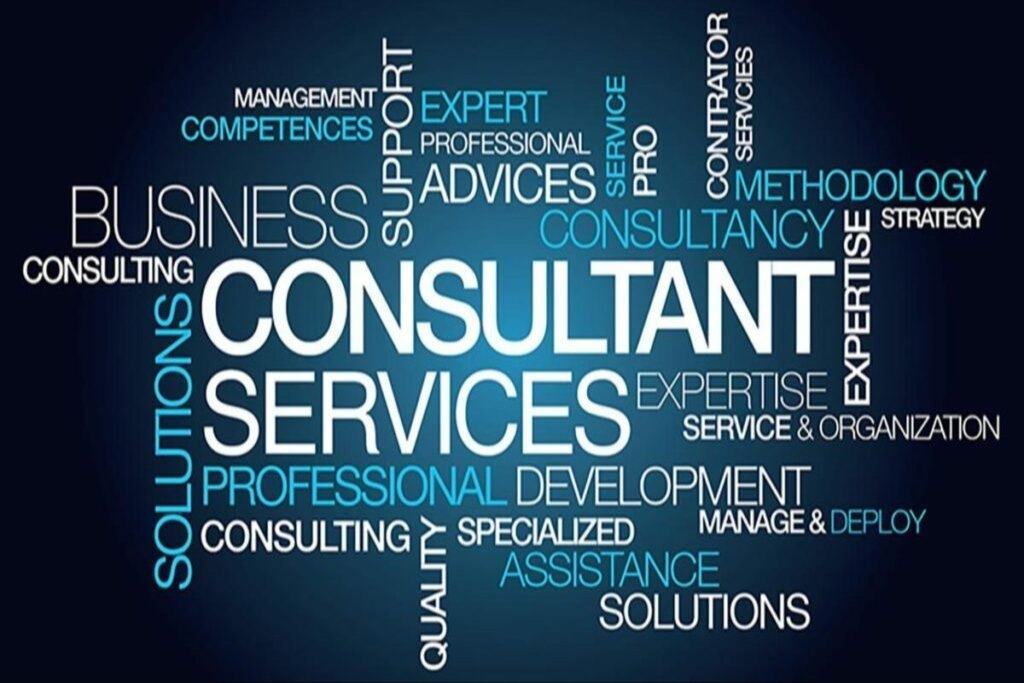In the construction industry, the importance of safety cannot be overstated. With numerous potential hazards present on job sites, companies must prioritize the health and safety of their workers and the environment. One of the most effective ways to achieve this is through a comprehensive Environmental Risk Assessment (ERA). Safety Chat offers specialized services in this area, ensuring that businesses have the necessary tools to identify and mitigate risks. By engaging a Construction Safety Consultant, organizations can enhance their safety protocols and create a safer working environment.
Understanding Environmental Risk Assessment
An Environmental Risk Assessment is a systematic process that evaluates the potential environmental impacts of construction activities. It involves identifying hazards, assessing exposure levels, and determining the consequences of those hazards. The primary goal of an ERA is to protect both the environment and human health. Safety Chat’s approach to Environmental Risk Assessment is thorough and tailored to the specific needs of each project, ensuring that all potential risks are identified and addressed.
The Role of a Construction Safety Consultant
A Construction Safety Consultant plays a crucial role in the Environmental Risk Assessment process. These professionals possess the expertise and knowledge necessary to navigate the complexities of safety regulations and environmental standards. By collaborating with a Construction Safety Consultant, organizations can ensure that their Environmental Risk Assessments are comprehensive and compliant with all relevant laws. This partnership not only enhances safety but also fosters a culture of responsibility within the organization.
Identifying Potential Hazards
The first step in any Environmental Risk Assessment is identifying potential hazards associated with construction activities. Safety Chat’s Construction Safety Consultants conduct thorough site evaluations to pinpoint risks that may not be immediately apparent. This includes assessing the site’s geographical features, existing environmental conditions, and any nearby sensitive ecosystems. By identifying these hazards early in the project lifecycle, companies can implement strategies to mitigate them, reducing the likelihood of accidents and environmental damage.
Assessing Exposure Levels
Once potential hazards have been identified, the next phase of the Environmental Risk Assessment involves assessing exposure levels. This step is critical for understanding how workers and the surrounding community may be affected by identified hazards. Safety Chat’s Construction Safety Consultants utilize advanced methodologies to evaluate exposure scenarios, considering factors such as wind direction, water flow, and population density. By understanding exposure levels, organizations can prioritize their risk management efforts and develop effective safety protocols.

Developing Mitigation Strategies
With a clear understanding of potential hazards and exposure levels, the next step is to develop mitigation strategies. Safety Chat’s Construction Safety Consultants work closely with organizations to create comprehensive plans that outline specific actions to minimize environmental risks. This may include implementing best management practices, such as erosion control measures, waste management protocols, and pollution prevention strategies. By proactively addressing potential risks, companies can significantly reduce their environmental impact and enhance their compliance with regulations.
Continuous Monitoring and Improvement
Environmental Risk Assessment is not a one-time activity; it requires continuous monitoring and improvement. Safety Chat emphasizes the importance of ongoing evaluation to ensure that safety measures remain effective. A Construction Safety Consultant can help establish a framework for regular assessments, ensuring that organizations adapt to new challenges and changing regulations. This may involve conducting periodic site inspections, updating safety protocols, and providing ongoing training for workers. By fostering a culture of continuous improvement, companies can maintain high safety standards and protect both their employees and the environment.
Engaging Stakeholders
An essential aspect of conducting an Environmental Risk Assessment is engaging stakeholders throughout the process. This includes not only project team members but also local communities, regulatory agencies, and environmental organizations. Safety Chat’s Construction Safety Consultants facilitate these discussions, ensuring that all voices are heard and considered. By fostering open communication, organizations can build trust and transparency, ultimately leading to more successful project outcomes.
The Financial Benefits of Environmental Risk Assessment
Investing in a comprehensive Environmental Risk Assessment can lead to significant financial benefits for construction companies. While there may be an upfront cost associated with hiring a Construction Safety Consultant, the long-term savings far outweigh this initial investment. By identifying and mitigating potential risks, companies can avoid costly accidents, legal fees, and fines. Additionally, a safer work environment can lead to increased productivity and reduced insurance premiums. Ultimately, the financial benefits of engaging Safety Chat for Environmental Risk Assessments contribute to the overall success of a project.
Conclusion
In conclusion, Safety Chat’s Environmental Risk Assessment services serve as a vital first line of defense for construction companies. By engaging a qualified Construction Safety Consultant, organizations can ensure that their assessments are thorough and effective. From identifying potential hazards to developing mitigation strategies and fostering continuous improvement, Safety Chat provides the expertise needed to create a safer working environment. As the construction industry continues to evolve, prioritizing Environmental Risk Assessments is essential for long-term success and sustainability. By investing in these services, companies can protect their workers, the environment, and their bottom line.



